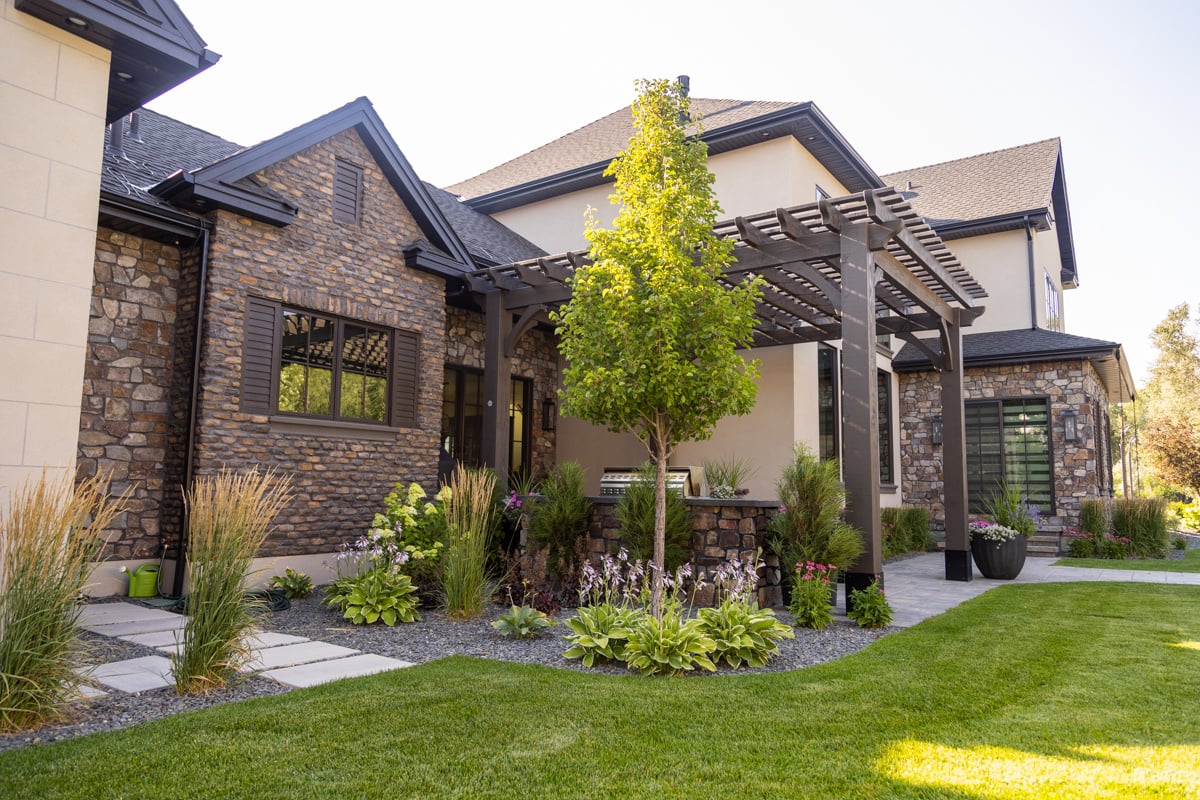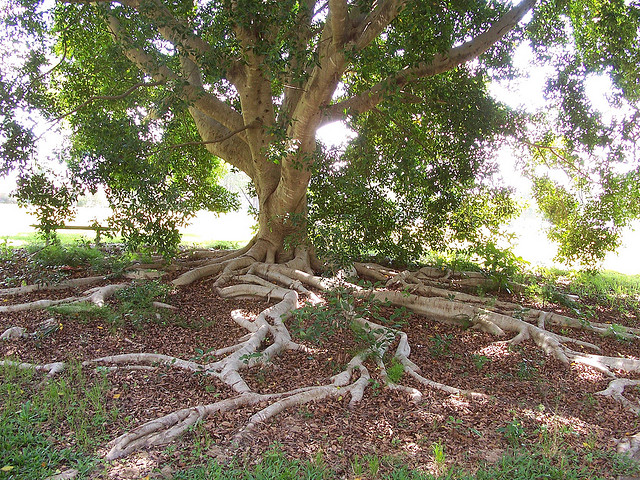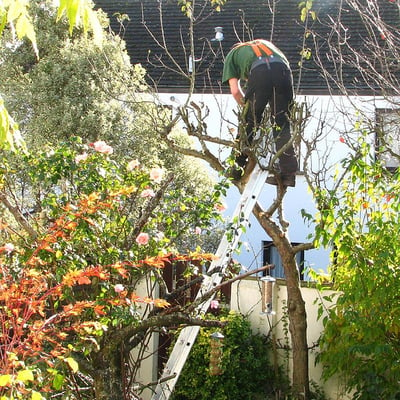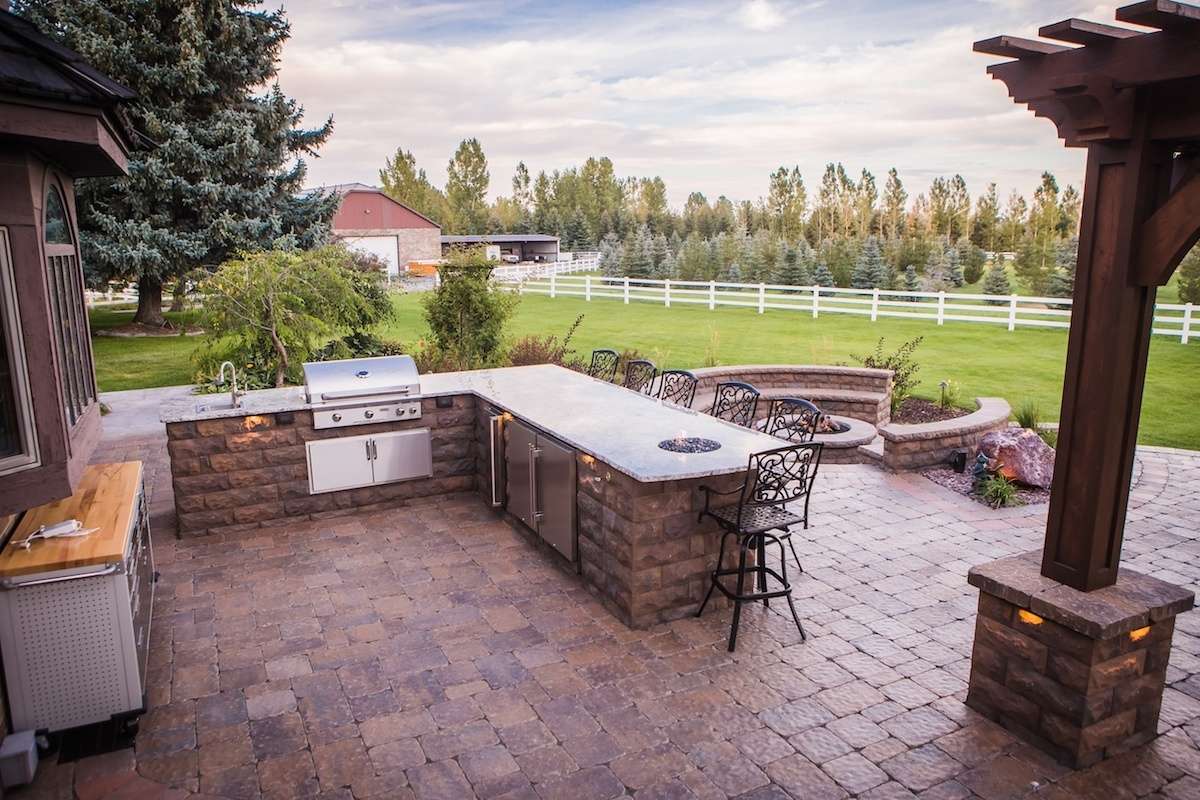

When is the Best Time to Plant Trees? Plus 4 Tips to Planting Trees
Sometimes we get calls from clients whose trees aren’t coming out of dormancy. Instead of new leaves unravelling from the tips of branches, the tree is still bare. Or the leaves are pale and fall off within a few days.
When they call us, we always ask the question, “Did you just plant or move your tree last season?”
And, often, the answer is yes.
If this is the case, your tree might just be adjusting to its first season, or it might be lacking proper nutrients and moisture to help it grow.
To prevent this, you need to plant trees at the right time. This isn't the only step though, there are factors to consider when planting a tree.
When is the Best Time to Plant a Tree in Your Yard?
The best time to plant any tree, whether it’s deciduous or conifer, is in either spring or fall. If you are planning to plant a tree in spring in Idaho, it’s best to plant is between March and May to ensure it has plenty of time to root before it’s shocked by a summer heat wave.
Trees that are planted between these months will need much more attention, moisture and fertilizer to flourish. Lack of moisture and nutrients is an early death sentence for a newly planted tree.
If you prefer to plant in fall, you should plant a tree between early September and the first frost -- usually around late October in Idaho. In the fall, you are fighting the tree’s natural tendency to go dormant, which means the tree doesn’t have a lot of time to develop a root system. Therefore, you want to make sure you plant early enough to water and fertilize it before the ground freezes.
Some people prefer to plant in the fall because the retail nurseries have some great “deals” on trees to reduce their inventory. But, just remember, most of those trees have also been sitting in constricting buckets all season so they may already have issues.
At Outback, we tend to prefer planting trees in spring. This gives the tree enough time to get the moisture and nutrients it needs to survive the seasons. The tree may not leaf and bud to its full potential the first year, but it will be sturdier and more hardy the second season.
Where to Plant Trees in Your Yard
Another tip to planting trees in your yard, trees need space to grow, especially deciduous trees. So, there are places in your yard where trees don’t belong. If planted in the wrong spot, a tree’s roots can penetrate the joints in pipes, grow into cracks in foundations and damage multiple underground structures. And you may end up with a compromised basement wall, septic system or sewer connection, which can be expensive to fix. It’s always best to do your research and find out how deep a tree’s roots will grow and how aggressive it can be in its search for sustenance.
 Every tree has two different types of roots to gather nutrients from the soil and support the weight of the trunk and canopy. Their root structure consists of perennial primary roots and shorter-lived secondary roots expand in waves as the tree’s canopy expands. Some large primary roots extend almost as deep as the height of the tree. And the secondary roots can extend past the canopy. Therefore, it makes sense that tall trees with large canopies require deeper, stronger root systems to survive.
Every tree has two different types of roots to gather nutrients from the soil and support the weight of the trunk and canopy. Their root structure consists of perennial primary roots and shorter-lived secondary roots expand in waves as the tree’s canopy expands. Some large primary roots extend almost as deep as the height of the tree. And the secondary roots can extend past the canopy. Therefore, it makes sense that tall trees with large canopies require deeper, stronger root systems to survive.
Planting trees too closely is another issue we see on a regular basis. Trees that are planted in close proximity tend to rub their branches against each other in windy weather. The rubbing removes bark, which is vital for keeping moisture in the tree, stopping invasive insects and preventing rot and disease. Make sure all of your trees have the proper room to grow both canopy and roots. And be free of neighboring roots and branches.
Do Newly Planted Trees Need Shelter?
Depending on your property, some trees may need shelter from high winds and other elements. Some trees are more prone to wind damage than others, often due to their natural growth habits. For example, some fruit trees form steep V-shaped branch crotches which cause structural weaknesses due to rapid spring growth and the weight of the fruit they bear. During high winds, these trees may split.
Another factor to consider is whether the tree you are transplanting has ever been exposed to high winds. If it hasn’t and you place it in an area where it encounters winds on a regular basis, the tree will not survive.
Taller trees with small canopies — with the majority of their roots residing in the top 12 to 18 inches of the soil — such as birch, are not suited for windy areas, as their root ball will dislodge from the soil causing the tree to fall over.
(Another reason not to plant trees so close to your house.)
How Do You Ensure Your Newly Planted Tree Will Survive?
Trees require nutrients to live and thrive. When nutrients are deficient in the soil, the tree will start yellowing, show slow growth and even lose its leaves early in the season. Lack of nutrients will also make the tree more susceptible to disease and insect problems.
Whether you plant your tree in spring or fall, it’s good to remember that most trees experience a single flush of growth during spring — called blooming — followed by slower, steadier growth throughout the summer and fall. When a tree blooms in the spring, you should apply the right amount of nutrients in the soil. To ensure steady growth, you should apply fertilizer as soon as the ground is workable in the spring until just before trees start growing in early May.
Also, a newly planted tree requires two to three inches of water bi-weekly to sufficiently wet the top 1-1 ½ feet of the soil and ensure the most effective nutrient penetration to the roots.
Should You Prune a Newly Planted Tree?
 Now that you know when to plant a tree, you may be wondering when to prune a new tree. It’s a good rule to allow one season to pass before pruning a newly planted tree. The purpose of pruning a young tree is to train it to grow efficiently, maintain plant health, improve the quality of flowers, foliage and stems, and to restrict growth. Proper pruning techniques can supply additional energy to the rest of the tree.
Now that you know when to plant a tree, you may be wondering when to prune a new tree. It’s a good rule to allow one season to pass before pruning a newly planted tree. The purpose of pruning a young tree is to train it to grow efficiently, maintain plant health, improve the quality of flowers, foliage and stems, and to restrict growth. Proper pruning techniques can supply additional energy to the rest of the tree.
When pruning, only remove parts of the tree that are no longer effective and could interfere with its healthy growth.
If you do need to prune your tree before or after planting in the first season, remove only broken, crossing and pest-infested branches. By pruning a tree excessively at planting, you are reducing its leaf area, which decreases the amount of plant energy generated from sunlight, which is needed to create a healthy, sturdy root system.
Have Tree Planting Questions? Call Outback
So, if you are planning to plant a tree, it is best to plant it as early as you can in the spring and take an entire season to nurture and support it.
However, if you miss that window and still want to add trees to your landscape, your trees should probably go in the ground in early September. Whether it’s a deciduous or a conifer, mild winters with no extreme weather events are rare, and your tree may already be sensitive to these changes due to storage issues or other environmental factors.
The best way to determine when and which trees you should plant in your landscape is to have one of Outback's landscape professionals come out and visit your property.
Located in Rexburg, Idaho, we serve residential and commercial properties in Rexburg, Pocatello and Idaho Falls, Idaho, as well as Bonneville and Bannock counties. Call us at (208) 656-3220 to set up a no-obligation meeting with one of our talented team members. Or fill out the contact form and we'll be in touch.
If You're Looking For a Sign, This is It.
Seriously, that lawn isn't getting any better on it's own. Mrs. Jones just called the HOA on you
.jpg?width=480&name=Chase%20Coates%20Team%20Portrait%202%20(2).jpg)
Chase Coates
Chase Coates is the owner of Outback Landscape in Idaho Falls, Idaho.


Brick Pavers vs Stamped Concrete: Pros, Cons, and Costs
.jpg)
